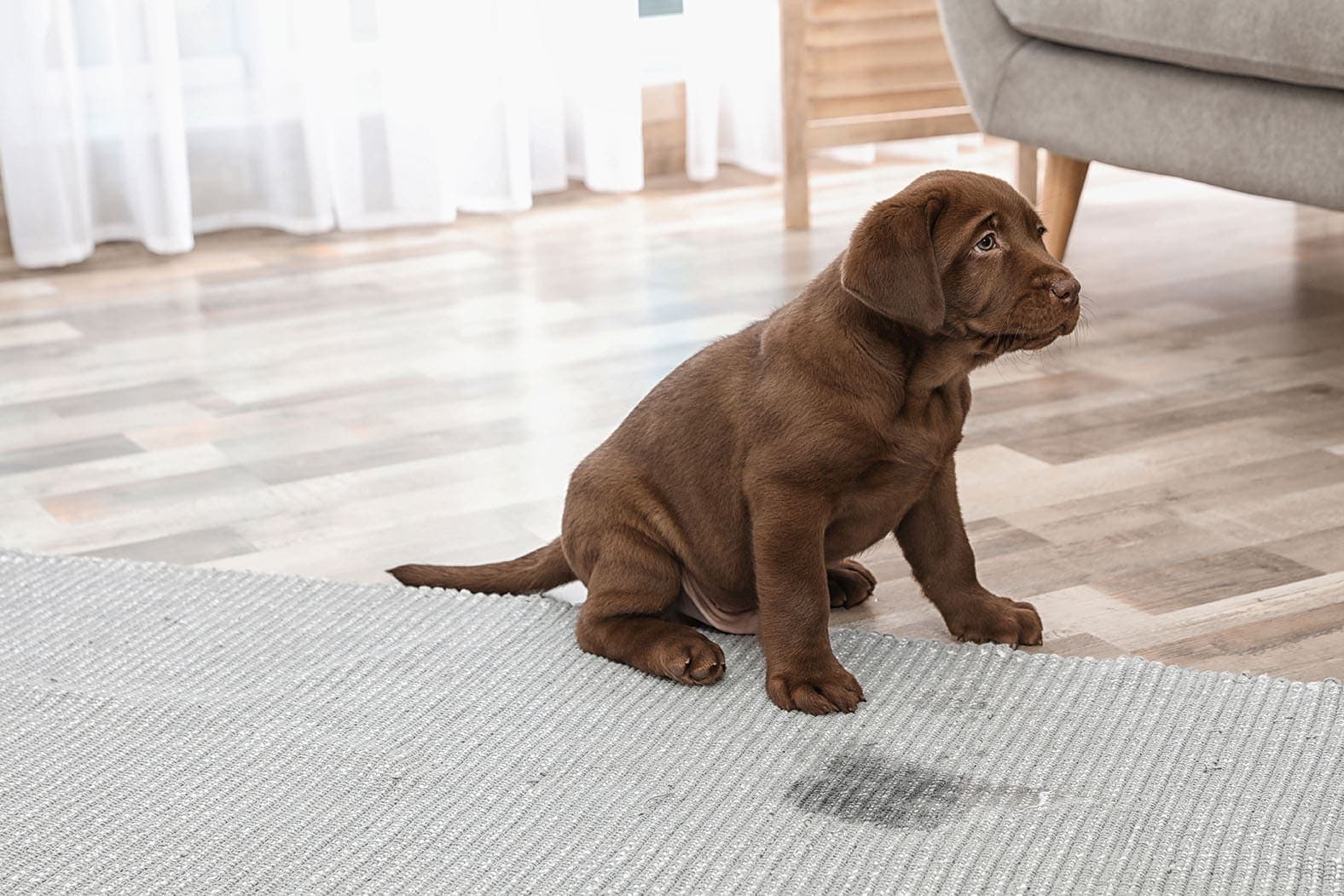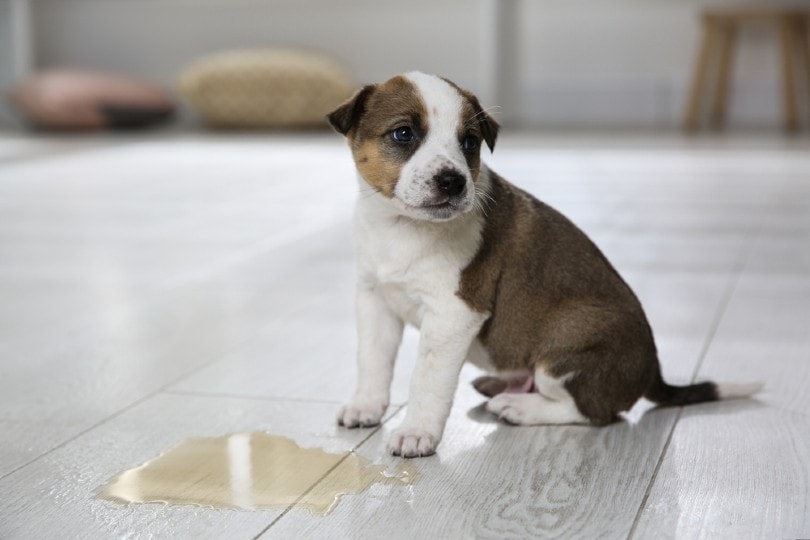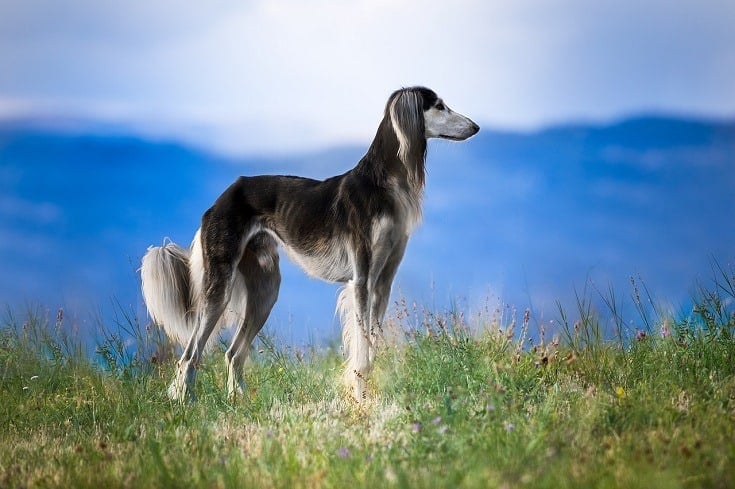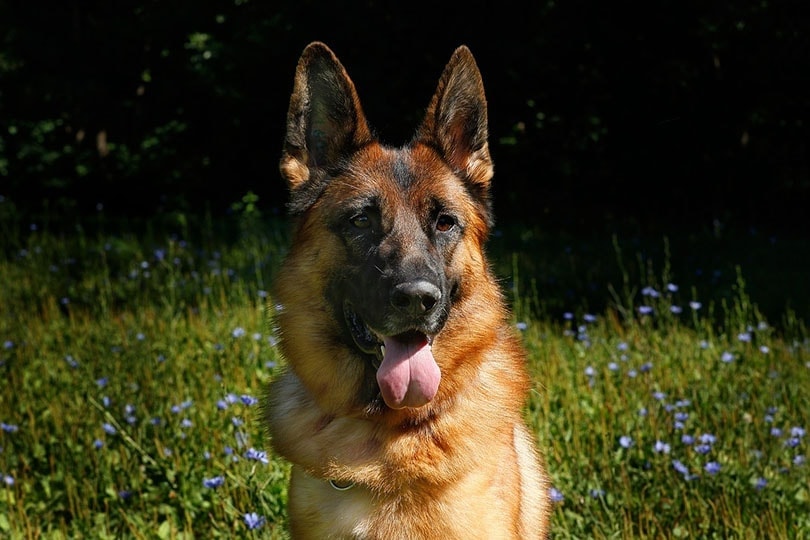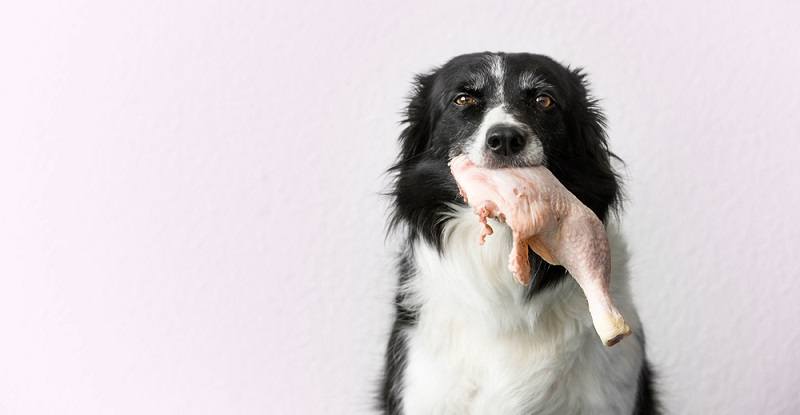Having a puppy around is rewarding, but it can often seem like a full-time job. Puppies are prone to accidents in your home, and you’ll have to put some time and effort into getting them to associate being outdoors with relieving themselves. Easier said than done, right?
Below, we’re going to go over everything you need to know to get your pooch to stop having accidents in your house. With some patience and persistence, your home will be accident-free in no time at all! Let’s get started.
The 7 Tricks to Stop Your Dog Peeing & Pooping in the House:
1. Rule Out Medical Issues
The first thing you’ll want to do is make sure your dog is healthy. Many puppies are naturally prone to accidents. However, if your dog has been potty trained in the past and recently started relieving themselves in the house, consult a vet to make sure there are no health issues behind the problem, especially if your dog is older.
For most dogs, accidents will only occur during puppyhood, so as long as you’ve confirmed your pup is healthy and isn’t suffering from parasites or infection, the tips below will help you get your furry friend housebroken in no time.
2. Be Patient
Dogs instinctively don’t pee or poop where they sleep, but they don’t automatically know that the rest of the house is off-limits.
It will take them some time to understand, so be patient and understanding with them until they do. It can be frustrating to have to clean up urine or feces every other day, but eventually, your dog will learn, and you’ll just have to support them until they’re accident-free.
Additionally, no matter how frustrating housebreaking can be, never punish your dog for accidents or raise your voice, and never try to rub your dog’s face in their mess. Doing so is cruel and unsanitary, and it won’t do anything but train your dog to fear you.

3. Set Up a Routine
Most puppies will respond well to a routine of eating, drinking, and going outside to go potty. Establish a feeding schedule that can remain the same every day, and take your dog out to a specific spot where you want them to go to the bathroom once every hour or two.
Since your pup knows not to go where they sleep, take your dog out of their crate in the morning, immediately bring them to the potty spot outside, and wait until they go. This routine will help solidify this place in your yard as their dedicated bathroom. Do the same thing immediately before bed every night.
It’s okay if your puppy doesn’t go during one of these outings — the point is to establish over time that this is the place for them to do their business.
4. Give Them a Trigger
Puppies respond well to classical conditioning, which involves associating a specific trigger — often a noise — with an action. To establish this kind of association, hang a bell or something that makes noise from your doorknob, and ring it every time you bring your pup out for their scheduled bathroom time.
This schedule will help your pooch associate the bell ringing with going outside to pee or poop, and eventually, they will start tapping the bell to let you know they need to go out.
5. Reward Good Behavior
While you should never punish your dog for an accident, you should offer rewards for going in their potty spot. Whenever your pup relieves themselves outside, provide a small treat and some praise.
Many breeds respond very well to praise, and nearly all dogs will quickly associate treats with a job well done. Eventually, you can stop giving them treats, and the behavior will stick regardless.
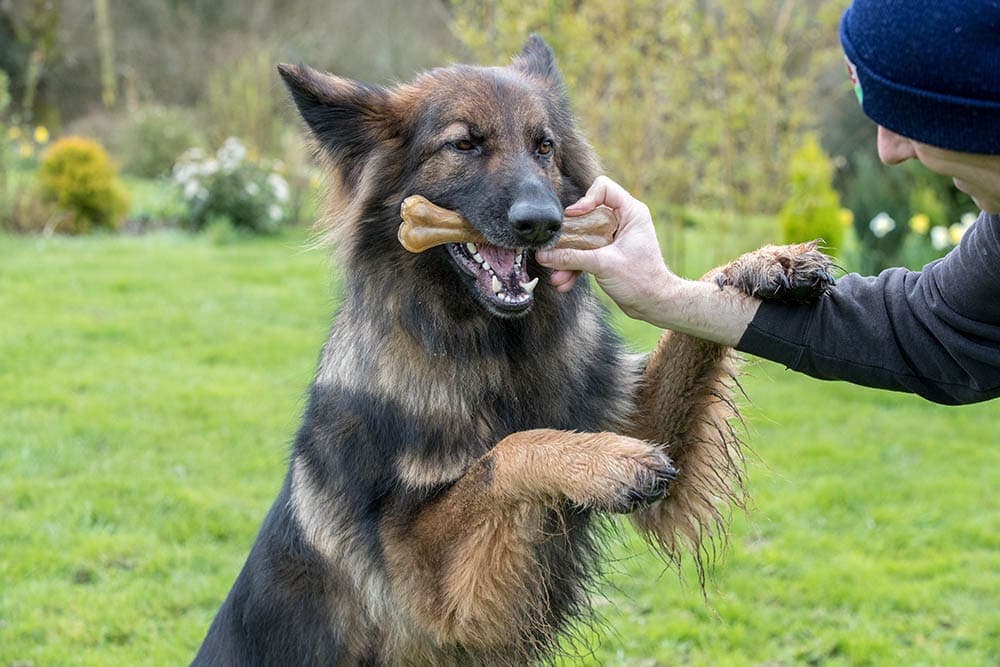
- You might also like: 10 Best Pee Pads for Puppies – Our Reviews & Top Picks
6. Clean Up Accidents Carefully
If you’ve ever seen dogs sniff the ground carefully when on a walk and then urinate on a particular spot, you’ll know how important this tip is. Dogs naturally go where there is evidence of having gone before, and sometimes relieving themselves inside is just a way of re-marking their territory.
Whenever your pooch has an accident inside, clean it very thoroughly to get any scents out of your carpet or off of your floor. Removing the smell will reduce the chance of your pup thinking your floors are their dedicated bathroom.
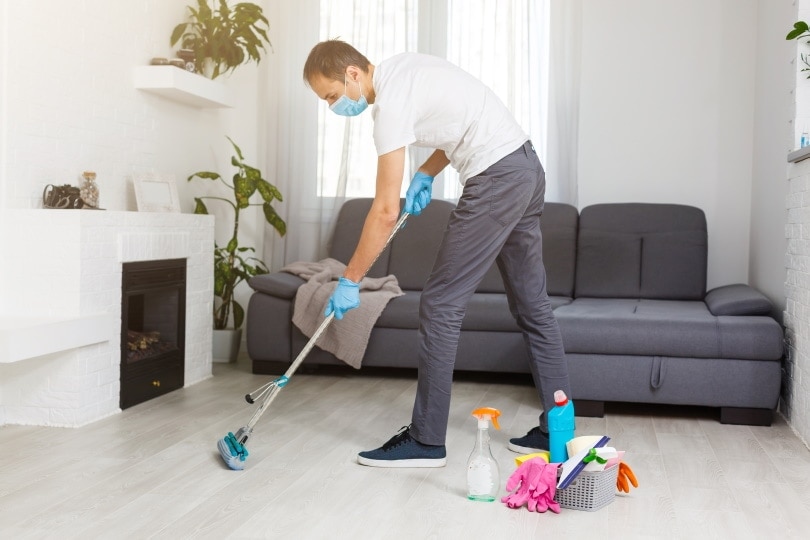
7. Interrupt Accidents
One of the most important things to help establish your yard as the bathroom is to interrupt your dog’s accidents whenever possible and allow them to finish relieving themselves outside. To do this, you’ll need to observe your puppy carefully for signs that they may be looking for a spot on your floor to go. Scoop them up as soon as you see an accident in progress and take them to their outside bathroom.
By doing this calmly and gently, you’ll be helping establish for your dog that your yard is the place for urinating and defecating. Don’t forget to reward them if they do finish their business outside!
Wrapping Up
Housebreaking your dog can be trying and frustrating, but don’t forget that your dog will learn, and all they need from you is consistency, patience, and a little understanding. Follow these tips above, and your pooch will be a regular outdoor bathroom goer in no time at all. We hope you’ve learned how to stop your dog from peeing or pooping in your house!
Featured Image Credit: New Africa, Shutterstock

